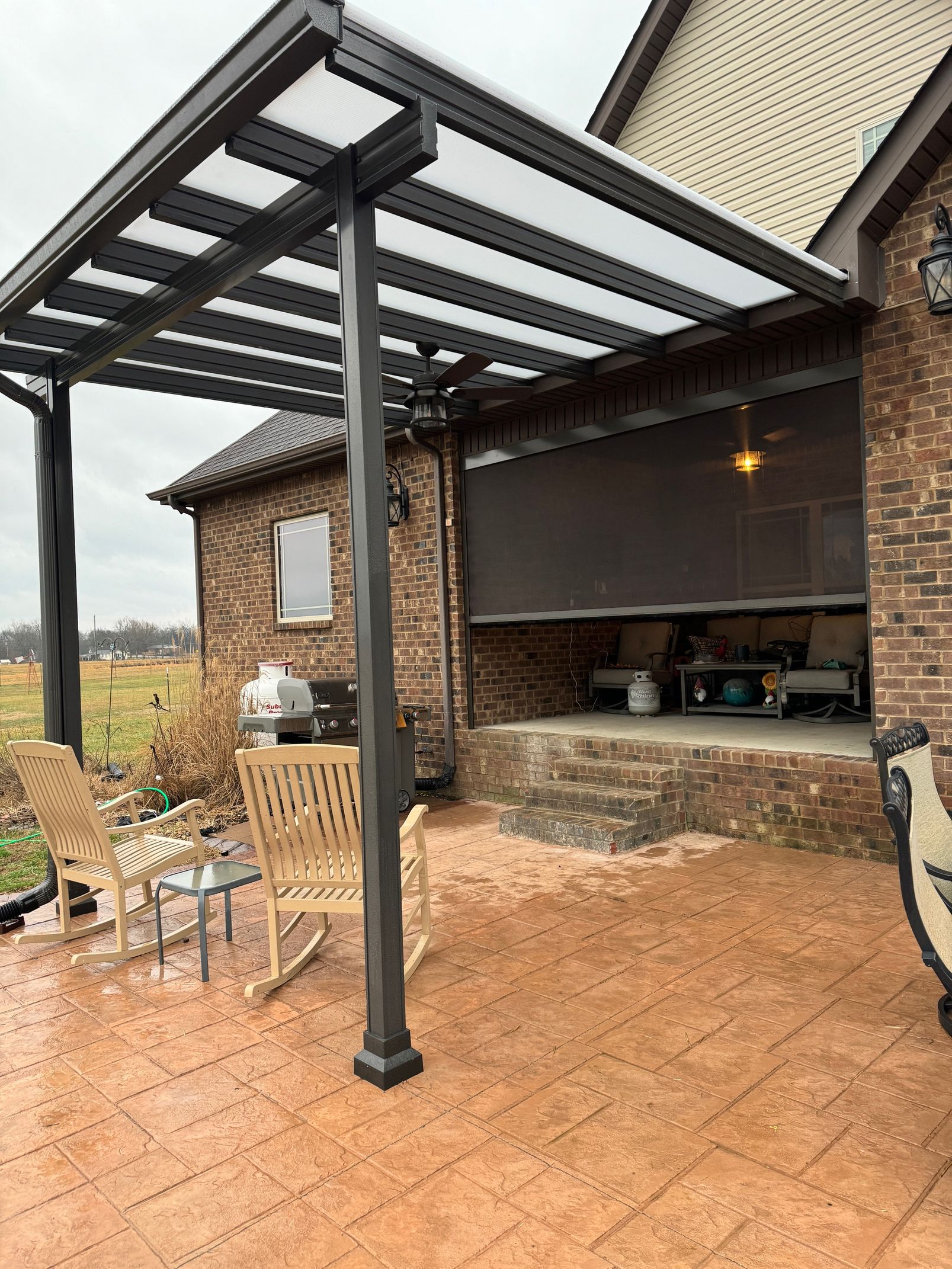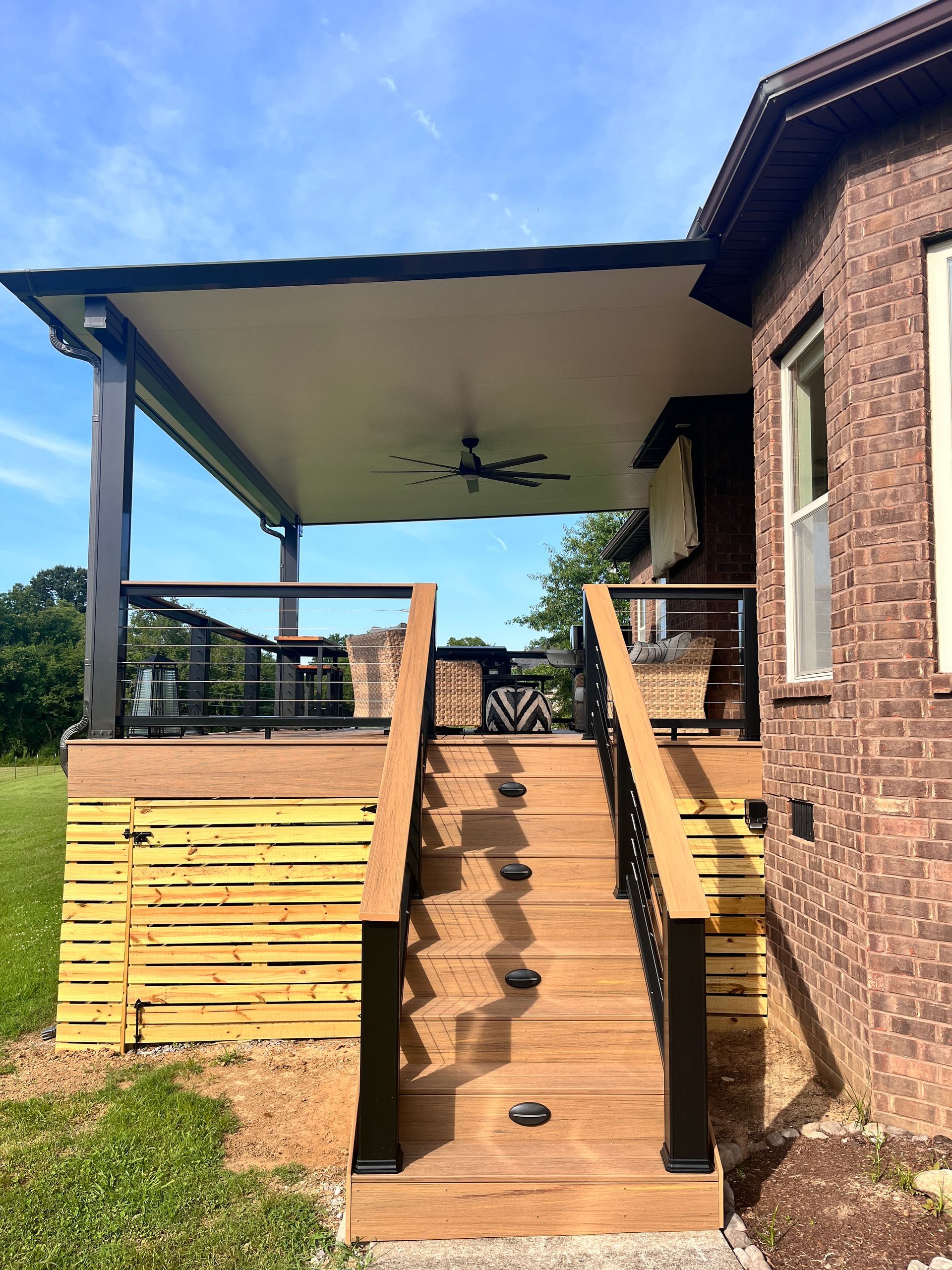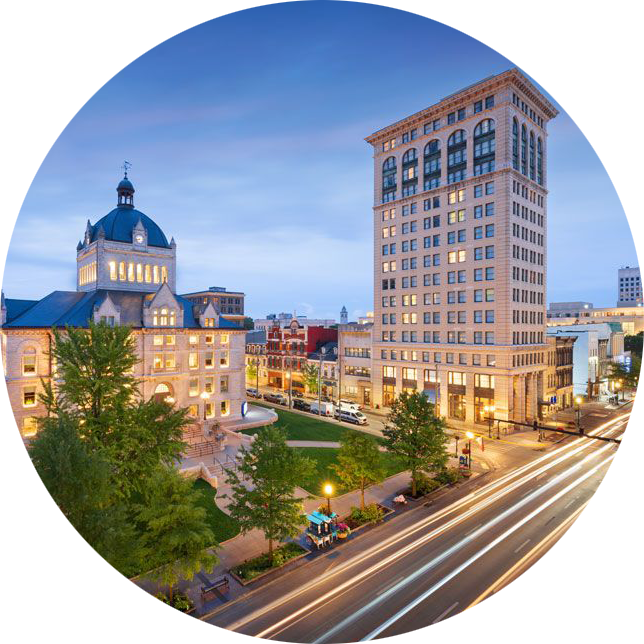A Guide to Choosing the Right Decking Material | S&S Design Build
Choosing the right decking material is a crucial decision for homeowners looking to enhance their outdoor living space. With so many options available it can get overwhelming to decide what material is the best fit for your needs, preferences & budget. This guide will help you with all the options by comparing the most popular materials: wood, composite, & PVC. By understanding the advantages & disadvantages of each you can make an informed decision.

Before we go over the advantages and disadvantages of the decking materials for your home, you must keep in mind that when deciding between wood, composite, & PVC decking ask yourself the following questions:
- How much are you willing to invest upfront versus long-term maintenance cost?
- Which material do you find the most visually appealing?
- How much time & effort are you willing to dedicate to deck maintenance?
- Are you looking for a material that can withstand harsh weather conditions?
- Is the environmental impact of your decking material a significant concern for you?
First, we have wood decking which is a timeless & traditional natural beauty. The most common types of wood used for decking include pressure-treated lumber, cedar, & redwood.
Advantages:
- Aesthetics - each board on wood has unique grain patterns, offering a traditional & warm aesthetic.
- Cost-Effective - pressure-treated wood is one of the most affordable decking materials on the market.
- Cooler Surface - wood doesn’t retain much heat, making it more comfortable to walk on barefoot in sunny weather.
Disadvantages:
- Maintenance - wood requires annual power washing, staining, or sealing to maintain appearance & longevity.
- Durability Concerns - wood is susceptible to rot, insect damage, & weathering over time, especially if not properly maintained.
Next, we have composite decking, which is made from a blend of wood fibers & plastic. This combination creates a material that mimics the appearance of wood but is significantly improved in durability & minimal maintenance.
Advantages:
- Low Maintenance - composite decking requires minimal maintenance. An occasional soap & water cleaning is usually required.
- Durability - it's resistant to rot, decay, & insect infestations, making it ideal for a long-term investment.
- Variety of Choices - composite decking comes in a variety of colors, textures, & finishes, allowing for a variety of customization options.
Disadvantages:
- Heat Retention - composite decking can get quite hot in direct sunlight.
- Cost - composite decking is more expensive than most types of wood decking, though its low maintenance costs can offset the initial cost over time.
Lastly, PVC (polyvinyl chloride) decking, it’s made entirely of synthetic materials offering a completely different approach to outdoor decking. It provides some of the highest durability & lowest maintenance requirements of any decking option.
Advantages:
- Maintenance - PVC decking is virtually maintenance free, requiring only occasional cleaning.
- Durability - it’s resistant to rot, insects, & weathering, & won’t splinter, crack, or warp.
- Aesthetics - PVC decking is available in a range of colors & styles & can even resemble natural wood.
Disadvantages:
- Cost - PVC decking is the more expensive of the three main options, which can be a significant factor for many homeowners.
- Environmental Concerns - PVC decking is less eco-friendly compared to other decking materials.
Whether you prefer the natural look and feel of wood, the durability and low maintenance of composite, or the unparalleled longevity of PVC, there's a decking material that will meet your needs & preferences. By considering the advantages & disadvantages of each option, you can make an informed decision that will enhance the beauty & functionality of your outdoor living space for years to come.
Remember, no matter which decking material you choose, proper installation & care are key to ensuring your deck remains a beautiful & safe place for family & friends to gather.








